“Selected Research on Camelid Physiology and Nutrition” is a fruit of 10 years old tree of Journal of Camel Practice and Research. Camelid physiology and nutrition had been the choicest subjects of camelid researchers over the years and interestingly results of many studies done in these subjects could furnish reply to many questions related to adaptation of camelids. The endocrinology section is unique because it forms a basis for understanding various physiological, pathological and metabolic states of camelids. Additionally, peripartal endocrine changes of Bactrian camels and annual changes of thyroid hormones in male llamas and interaction of endogenous opioids with camel metabolism are important contribution of this section.
Camel enzymology is an important chapter of this book. This includes a series of four comprehensive papers by M. Bengoumi and coworkers on clinical enzymology. Another important series on purification and characterization of urease, CM cellulose and bacterial lipase from camel ruminal fluid by Saleh A. Mohamed and coworkers and Afaf S. Fahmy and coworkers constitute important segment of this section.
Haematology is an important clinical parameter. This section contains manuscripts based on haematology of dromedary camels of UAE, Saudi Arabia, Pakistan, Kenya and Iran and additionally, haematology of South American camelidae. Nutritional and Digestive physiology is important section explaining the important features of digestion of this pseudoruminant. The lipid composition of pulmonary surfactant and surfactant associated proteins are the manuscripts related to this section.
The section of renal physiology is exclusively occupied by the research of N. Kataria and coworkers. The section of reproductive physiology includes a manuscript based upon pregnancy diagnosis by competitive progesterone ELISA. Reproductive physiology of South America camelide also finds good place in this section. The section of nutrition includes manuscripts related to dromedary as well as new world camelids. Few manuscripts are based on trace mineral nutrition in Ilamus and camels.

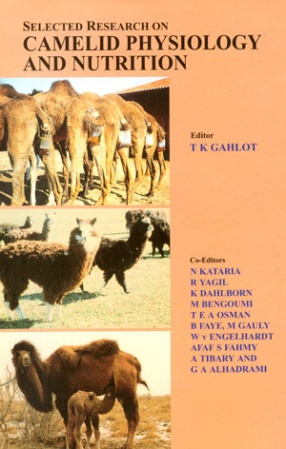
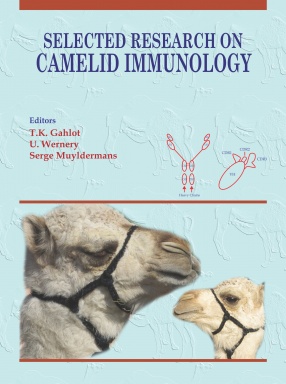
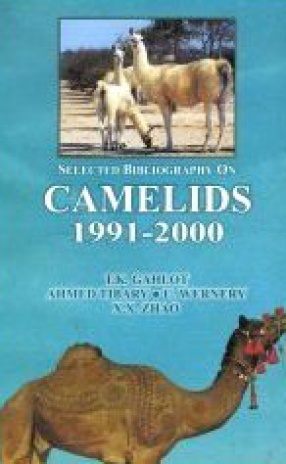
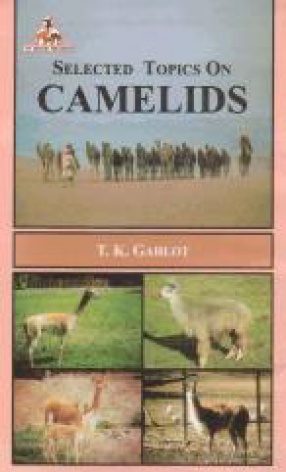
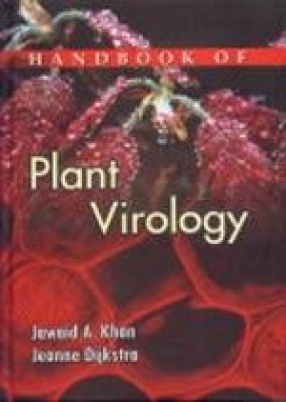

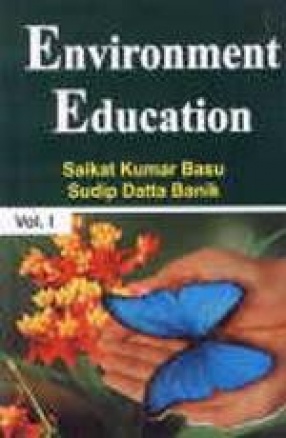
There are no reviews yet.